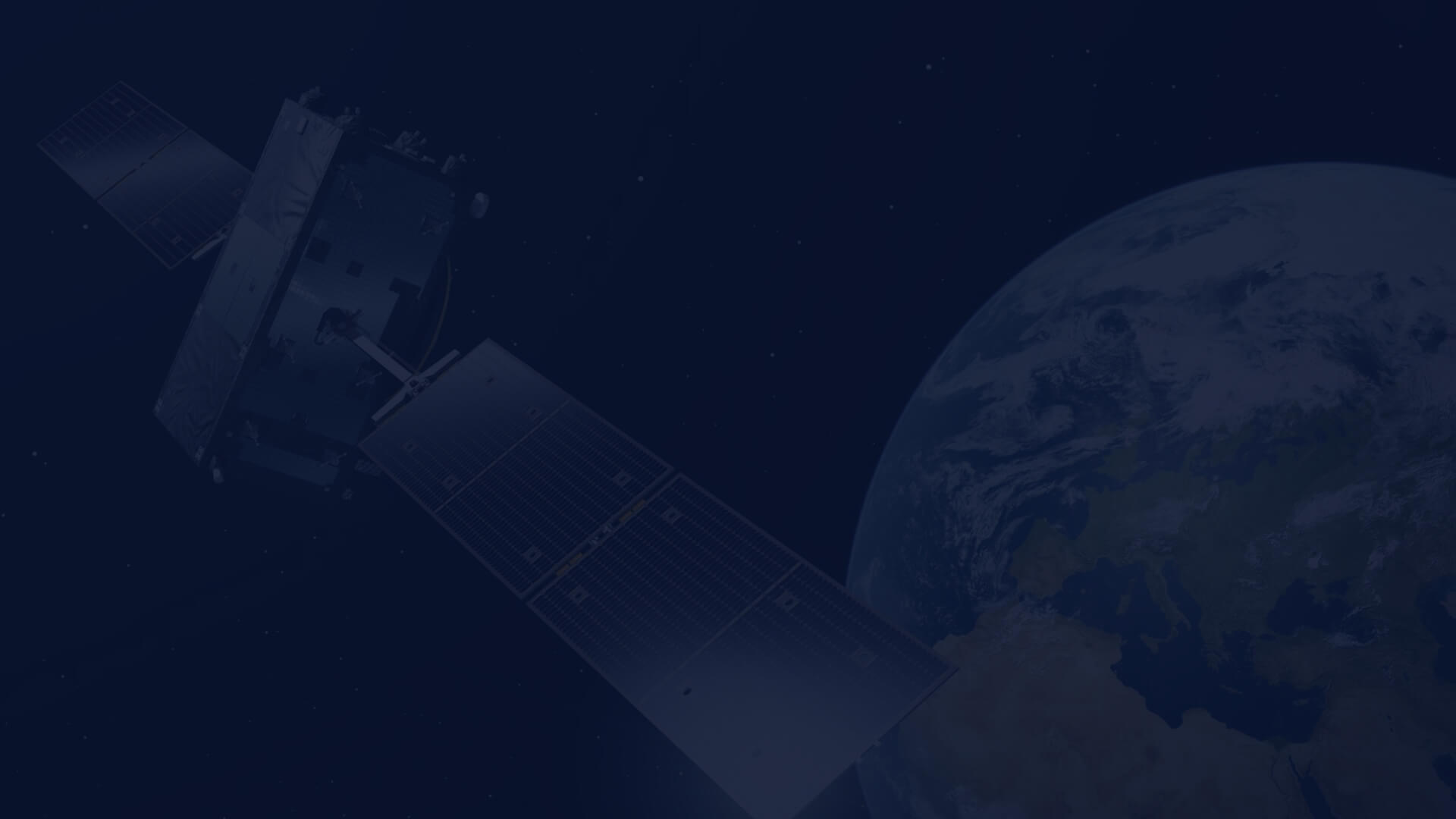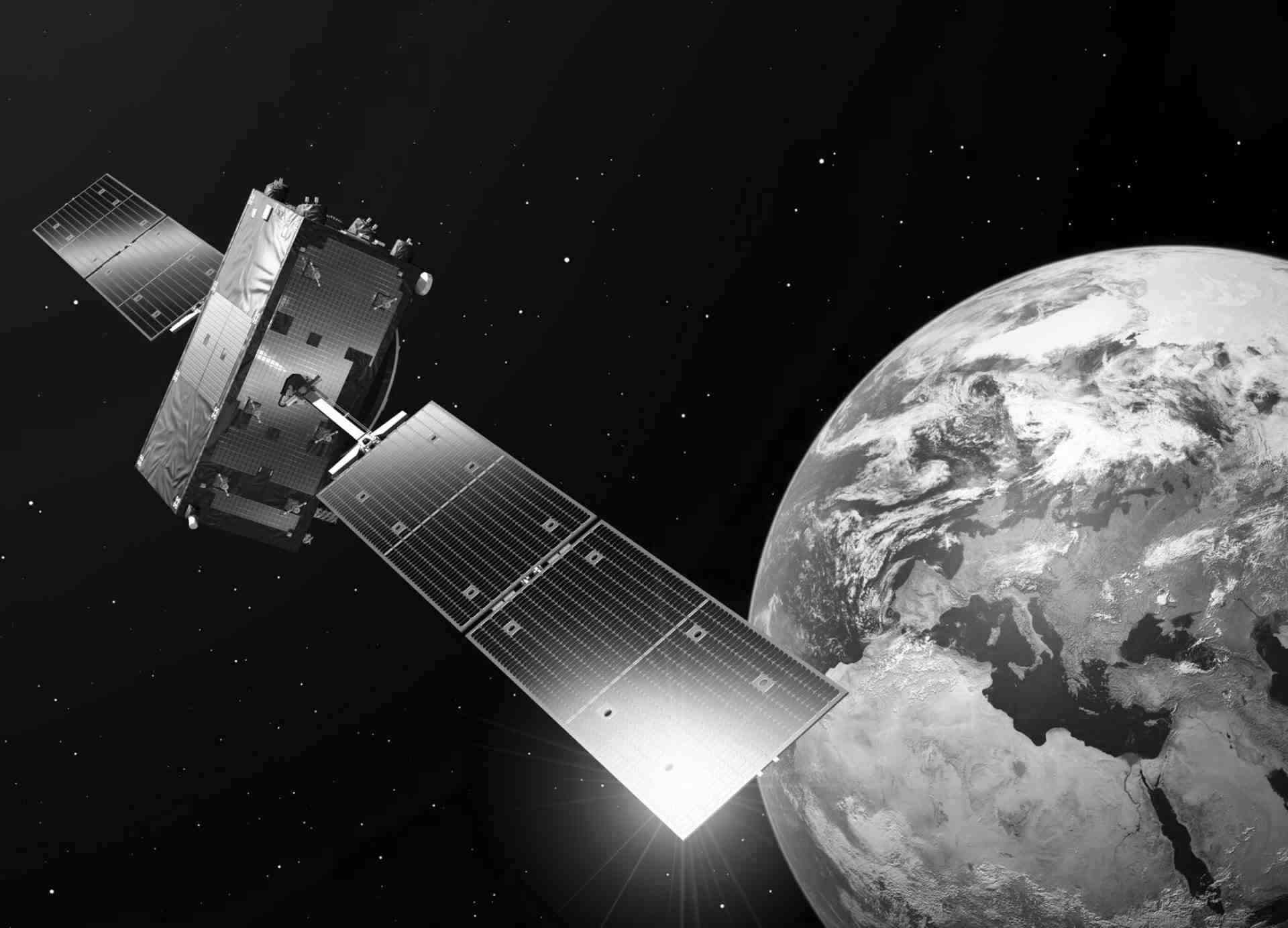Useful tools for data processing, available on CREODIAS platform
Earth Observation data contains powerful information about ongoing processes and objects on the Earth. Deriving useful content from imagery requires knowledge and, of course, tools. Thanks to a wide variety of dedicated software available on the market, analysing and processing data is more feasible for everyone. Highly specialized tools are developed to improve the processes so the users work could be more efficient. The CREODIAS platform offers ready to use software in the cloud, which is a perfect solution as it is combined with an enormous EO data repository.
CREODIAS – moving data processing to the cloud
The CREODIAS EO data repository has exceeded the volume of 23 PB stored data. How do the platform users deal with the data? Do they process it locally or in the cloud?
Among the CREODIAS users we can distinguish two groups in terms of the way they use EO data. The first group is represented by users who mainly use CREODIAS applications: EO Browser and EO Finder available at CREODIAS.eu. Their main aim is to search for the data of interest, download it and work with it locally. The whole process of transferring the data from one place to another, processing in another computer and subsequently sharing it, is laborious and time consuming.
The second group of users benefit from the advantages of the cloud platform. CREODIAS provides not only immediate access to Earth Observation data but also a flexible storage and computing environment with software onboard. The users are able to do their work in one integrated place. That’s why we strongly encourage everyone „Move to the cloud and make your work easier!”.
Software ready CREODIAS Cloud Servers
CREODIAS platform offers Virtual Machines with already installed software dedicated to Earth Observation data analysis and processing. All of the registered users can create their own workspace by choosing a particular operating system and the flavour of a Virtual Machine, with or without the software they would like to use. Currently, there are three applications available with direct access to the CREODIAS data repository: ArcGIS Pro, QGIS and SNAP, based on different operating systems.
ArcGIS Pro
ArcGIS Pro is the powerful single desktop GIS (Geographical Information System) application developed by Esri Inc. It is a feature rich and extensible system that enable users to work with a multitude of datasets to capture, analyze and model data, to then share results as maps, scenes, graphics, reports, prints or online offerings. When it comes to an image analysis, ArcGIS Pro offers local and cloud-data support and hundreds of analytical functions for EO, multidimensional Analysis, DeepLearning and others. Apart from that, the software users can automate processes using graphical Modelling, Python and Jupyter Notebooks. ArcGIS Pro is also used as authoring and publishing-Tool for ArcGIS Online and ArcGIS Enterprise.
CREODIAS platform provides a Windows-based Virtual Machine with ArcGIS Pro. It gives preconfigured local and instant access to Earth Observation data repository. Thanks to the work done by Esri Europe, ArcGIS Pro available on CREODIAS has dedicated imagery search tools based on several parameters, such as dates and cloud coverage. To run the software in a cloud environment the user has to supply their own license. Users who would like to test ArcGIS Pro on CREODIAS platform may apply for a 21-day ArcGIS Pro trial at the Esri webiste.

QGIS
QGIS is a universal, free and open source GIS software created by OSGeo (The Open Source Geospatial Foundation). It is being developed by a user community – a team of volunteers and organisations who, at the same time, are software developers and data and software users. QGIS is a user friendly solution which has plenty of functionalities for creating, editing, managing and analysing spatial datasets. It is being constantly updated with new features that address the users’ needs. It integrates desktop applications (e.g. GRASS GIS), geospatial libraries (e.g. GDAL), different spatial databases (e.g. PostGIS) and web mapping tools. It is a multitasking solution to perform different processes, both on vectors or rasters. It can be successfully applied in many areas.
QGIS is available on the CREODIAS platform on OSGeoLive and Linux Ubuntu Virtual Machines with already configured local access to the EO Data repository.

SNAP
The Sentinel Application Platform (SNAP) is a common architecture for all Sentinel Toolboxes. The software is developed by Brockmann Consult, Skywatch, Sensar and C-S. Thanks to ESA/ESRIN, SNAP is provided to the Earth Observation Community free of charge. The particular Sentinel Toolboxes provide the most necessary tools for exploring and processing satellite imagery, acquired by both optical and radar sensors. Thanks to a simple form of the software, performing classification in different methods, working with band math, mosaicking or geo-coding can all be done in a just few steps. Please check our tutorial about Interferometry processing in SNAP.
CREODIAS offers access to SNAP software on OSGeoLive Virtual Machine.

CREODIAS has it all
There is enormous potential in the Earth Observation data. Newly designed satellite sensors are becoming more precise and ready to acquire imagery with a higher spatial and spectra resolution, which gives us a broader range of valuable information. Thanks to the software dedicated to imagery analysis and processing, we are able to see more from above and to reveal what is hidden and invisible to the human eye. By offering software ready cloud servers with pre-configured direct and immediate access to EO data, the CREODIAS platform guarantees users more effective, faster and more efficient work performance.
Author: Klaudia Bielinska, EO Product Manager, CloudFerro

